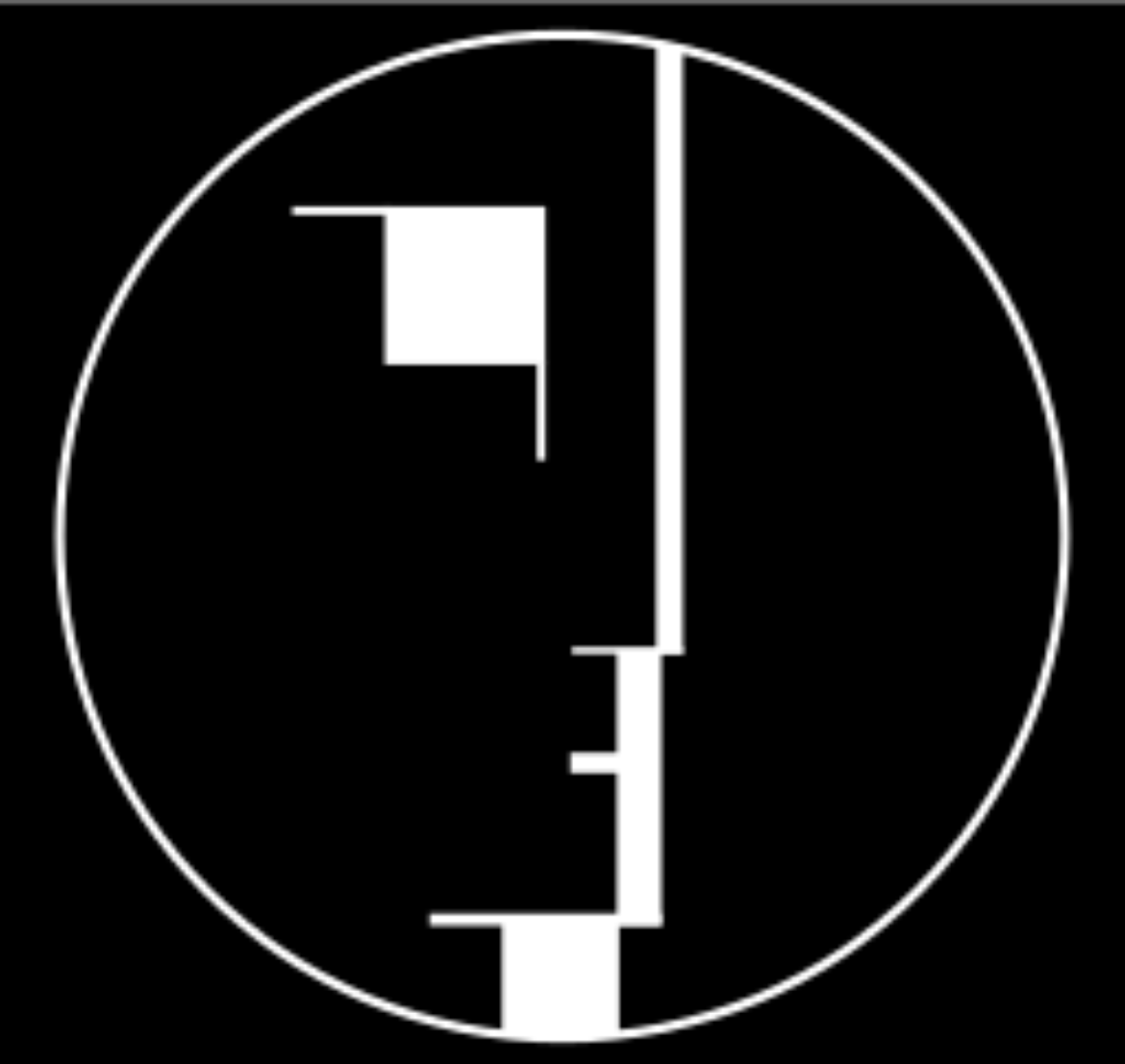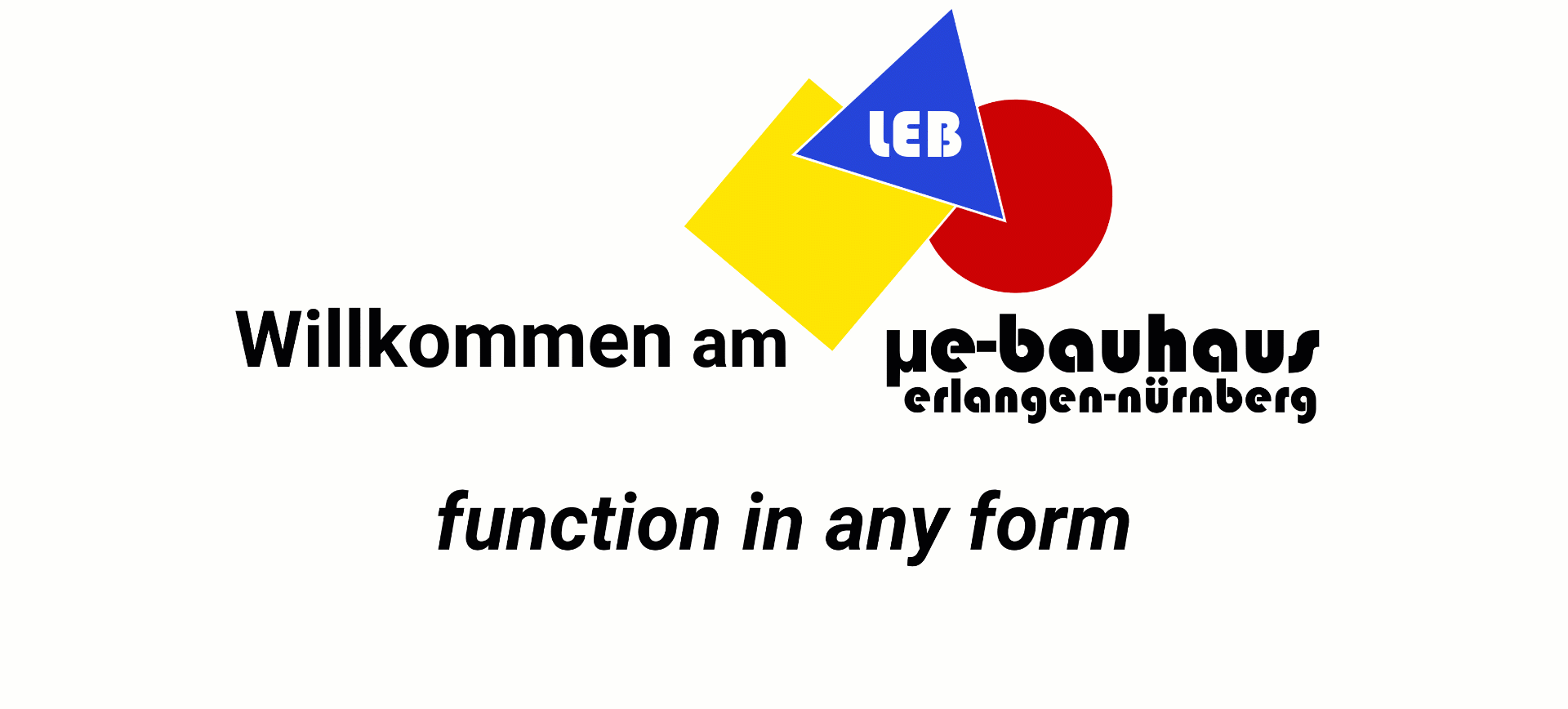µe-bauhaus erlangen-nürnberg manifesto
µe-bauhaus erlangen-nürnberg manifesto – The adaptation of the Bauhaus founding manifesto

The Bauhaus logo, designed in 1922 by the Stuttgart painter, sculptor and stage designer and Bauhaus master Oskar Schlemmer | Photo: Public Domain, Wikimedia Commons
In the modern reception of the Bauhaus Weimar-Dessau-Berlin, the main focus is on the still visible results of the creative work of the “Bauhäusler””: their buildings, pictures, design studies, experimental photographs, furniture, textiles, fabrics, … Less attention is paid to the “school” and the teaching concept behind the Bauhaus. We followed this teaching concept, in which the “workshop” plays a central role, and studied the collaborative work of teacher and student, of “master” and “student” at the Bauhaus. In doing so, we realised that it is not only possible to produce architects, designers, painters, … who can change and shape the world. Ultimately, the founding manifesto of the Bauhaus can be applied directly to modern, forward-looking engineering education with just a few adaptations:
The art of engineering arises above all methods; it cannot be taught in itself, but the necessary engineering skills can.
inspired by the Bauhaus founding manifesto, 1919
For this reason, an indispensable basis for our work must be the thorough craft training of our students in workshops and on trial and error stations.
The “school” is the servant of the workshop.
in accordance with the Bauhaus founding manifesto, 1919
The nature of our apprenticeship springs from the essence of the workshop. This includes: the avoidance of all rigidity, the preference for the creative, the freedom of individuality, but also a deep and strict theoretical study of science and technology.
This requires the students to participate in the work of the teachers and the joint planning and realization of extensive ideas and designs.
We are in constant exchange with local, national and international industry and research, in touch with public life and maintain a partnership between teachers and students; and at meetings outside work we also want to deal with philosophy, art & culture and society & politics.
And then it’s simply a matter of getting down to work together!
